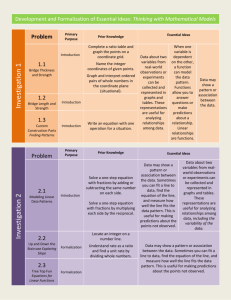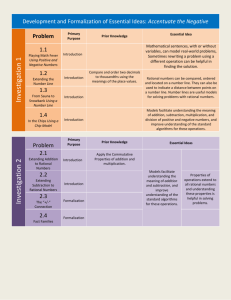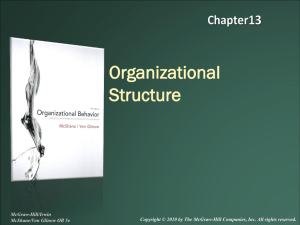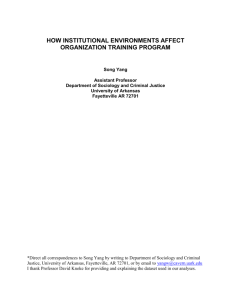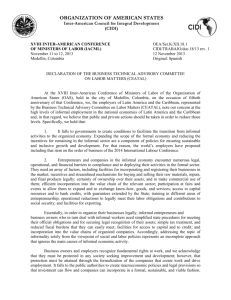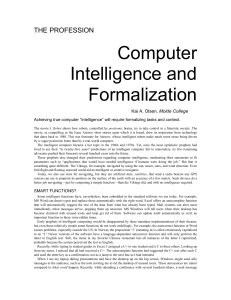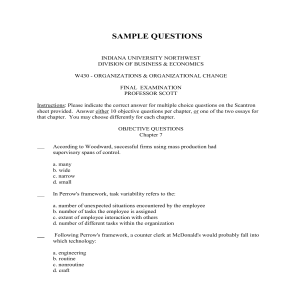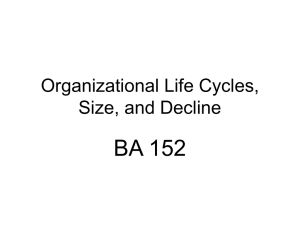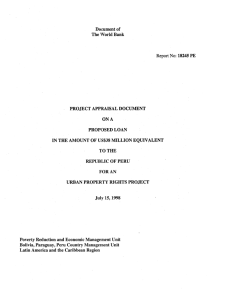Case Summary
advertisement
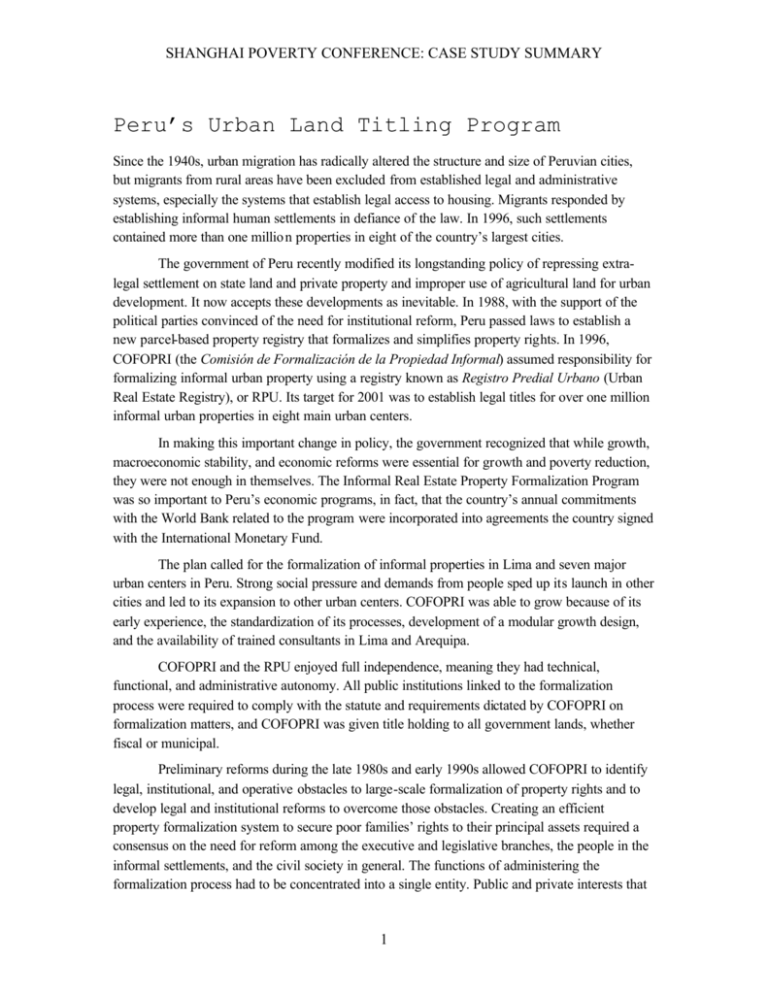
SHANGHAI POVERTY CONFERENCE: CASE STUDY SUMMARY Peru’s Urban Land Titling Program Since the 1940s, urban migration has radically altered the structure and size of Peruvian cities, but migrants from rural areas have been excluded from established legal and administrative systems, especially the systems that establish legal access to housing. Migrants responded by establishing informal human settlements in defiance of the law. In 1996, such settlements contained more than one millio n properties in eight of the country’s largest cities. The government of Peru recently modified its longstanding policy of repressing extralegal settlement on state land and private property and improper use of agricultural land for urban development. It now accepts these developments as inevitable. In 1988, with the support of the political parties convinced of the need for institutional reform, Peru passed laws to establish a new parcel-based property registry that formalizes and simplifies property rights. In 1996, COFOPRI (the Comisión de Formalización de la Propiedad Informal) assumed responsibility for formalizing informal urban property using a registry known as Registro Predial Urbano (Urban Real Estate Registry), or RPU. Its target for 2001 was to establish legal titles for over one million informal urban properties in eight main urban centers. In making this important change in policy, the government recognized that while growth, macroeconomic stability, and economic reforms were essential for growth and poverty reduction, they were not enough in themselves. The Informal Real Estate Property Formalization Program was so important to Peru’s economic programs, in fact, that the country’s annual commitments with the World Bank related to the program were incorporated into agreements the country signed with the International Monetary Fund. The plan called for the formalization of informal properties in Lima and seven major urban centers in Peru. Strong social pressure and demands from people sped up its launch in other cities and led to its expansion to other urban centers. COFOPRI was able to grow because of its early experience, the standardization of its processes, development of a modular growth design, and the availability of trained consultants in Lima and Arequipa. COFOPRI and the RPU enjoyed full independence, meaning they had technical, functional, and administrative autonomy. All public institutions linked to the formalization process were required to comply with the statute and requirements dictated by COFOPRI on formalization matters, and COFOPRI was given title holding to all government lands, whether fiscal or municipal. Preliminary reforms during the late 1980s and early 1990s allowed COFOPRI to identify legal, institutional, and operative obstacles to large-scale formalization of property rights and to develop legal and institutional reforms to overcome those obstacles. Creating an efficient property formalization system to secure poor families’ rights to their principal assets required a consensus on the need for reform among the executive and legislative branches, the people in the informal settlements, and the civil society in general. The functions of administering the formalization process had to be concentrated into a single entity. Public and private interests that 1 SHANGHAI POVERTY CONFERENCE: CASE STUDY SUMMARY derived privileges and incomes from the process of obtaining formal property rights had to be neutralized. Since it was forged in 1996, the consensus—to generate a massive title granting program, complete with a survey and register that were easy and cheap to use—has held. COFOPRI remains the entity responsible for urban formalization. The three major stakeholders in the formalization process were urban landholders; financial companies; and institutions involved in planning and development, including local governments, urban infrastructure, and service providers, and land and housing developers (private and public). Urban landholders played an important role at different stages of the process. Infrastructure suppliers and public utilities took advantage of formalization, and municipal governments have made use of the graphic databases compiled in the land-survey process for planning and urban development. The goal for titling properties was far surpassed. By June 2003 COFOPRI had titled 1,313,795 plots. Surveys carried out to measure the economic impact of the formalization indicate significant benefits in several areas—among them increased investment in home improvement; increased access to credit and the use of real estate as collateral; increased property transactions; and an increase in property value. Also, the formalization program is associated with an increase in the number of hours people are available to work and an increase in their access to the labor market because families do not have to stay home to protect their property. Social benefits are primarily the legal security from property titles and the ability to use homes as collateral for loans, improving the lives of the families, especially women and children, and reducing the incidence of child labor. Women represent more than 50 percent of the beneficiaries of the formalization process. The recognition of property rights is only the first step in the process to improve the lives of the affected population. Formalization must be accompanied by other measures, among them systems for gathering, systematizing, and exploiting information on formalized properties and their owners; research to clarify the factors restricting access to credit and investment in housing, infrastructure, and public utilities; education of the newly formalized population about how to gain access to credit; diffusion within the newly titled population of the benefits of registering improvements made to their properties; strengthening of munic ipal government functions in land use, planning, urban development, and promotion of local economies; and land-management systems to protect the environment while permitting building sites to be granted to those who have no house. 2
